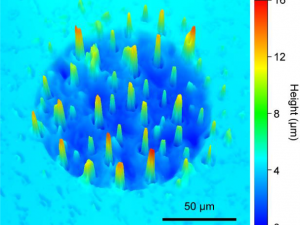Rubbery Electronics Fully Made of Stretchable Elastomeric Electronic Materials
Abstract
Stretchable electronics outperform existing rigid and bulky electronics and benefit a wide range of species, including humans, machines, and robots, whose activities are associated with large mechanical deformation and strain. Due to the nonstretchable nature of most electronic materials, in particular semiconductors, stretchable electronics are mostly realized through the strategies of architectural engineering to accommodate mechanical stretching rather than imposing strain into the materials directly. On the other hand, recent development of stretchable electronics by creating them entirely from stretchable elastomeric electronic materials, i.e., rubbery electronics, suggests a feasible a venue. Rubbery electronics have gained increasing interest due to the unique advantages that they and their associated manufacturing technologies have offered. This work reviews the recent progress in developing rubbery electronics, including the crucial stretchable elastomeric materials of rubbery conductors, rubbery semiconductors, and rubbery dielectrics. Thereafter, various rubbery electronics such as rubbery transistors, integrated electronics, rubbery optoelectronic devices, and rubbery sensors are discussed.
Full Open Access review article:
Source: Preview Image: Rob Hyrons/Fotolia






